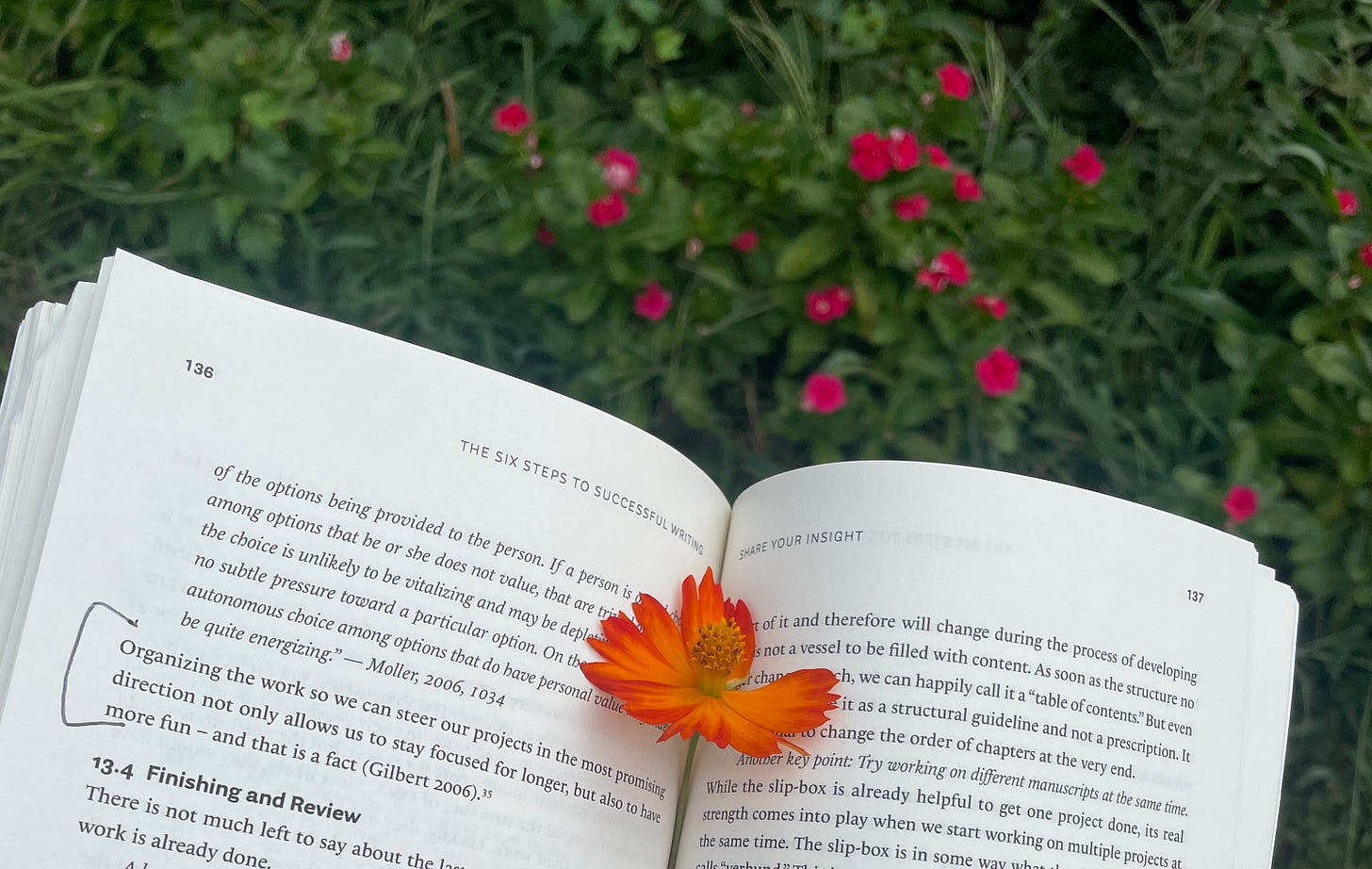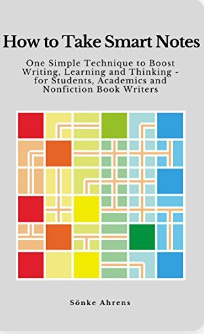I remember sitting in traffic leaving the beaches of the Outer Banks with my family three years ago. We turned up the fast-paced guitar riffs and drum solos from a Colony House album to distract ourselves from how slowly we were moving.
This year, we left the same beach on the northern end and sat in comparatively little traffic (Friday to Friday rental for the win!). No music was playing. But since my memories are closely tied to places, the words of a different Colony House song popped into my head. It was a recently released cover of the Switchfoot anthem that’s been rolling around my brain since 2003, “This is your life… are you who you want to be?”
I can hear it in my mind now as I type the lyrics. Every time I think of that song, I am struck by what it DOESN’T ask. It doesn’t say, “Are you WHERE you want to be?” or “Are you DOING what you want to be doing?” It doesn’t even ask, “Are you living your BEST life now?”
No, it says, “Are you who you want to be?”
I thought of how that question could be answered the same regardless of the circumstances you’re in. If you’re sitting in traffic, you’re not where you want to be or doing what you want to be doing, but you could be who you want to be. You could be patient despite the circumstances. You could turn up a song that will make the time pass a little faster, with a little more fun.
But you don’t just wake up one day as the sort of person who can be patient in traffic. Which makes me think of another question that tends to float around my mind these times of year, in the transition between seasons.
Are you becoming who you want to be?
Now there’s a question that makes us think through our weeks and days a little differently. It acknowledges that our routines, rhythms, habits—whatever you want to call them—are shaping us. The things we do without thinking about them are formational. And, over time, they form us into the people that are who we are, whether or not it’s who we want to be.
This summer, I had more time with books and less time online. I feel how even those small shifts have opened up corners of my mind, cleared out the cobwebs and given me more space to make connections between what I’m reading, what I’m thinking, what I hope to be writing soon.
That’s not to say I’ve arrived or that the internet doesn’t still have a magnetic pull I sense every time I am tempted to be distracted. But it’s good to remember that we’re putting off one habit so we can put on something better. Incrementally, this is how we become who we’re becoming. This put off-put on theme runs through Ephesians 4 and has been running through what I’ve been reading lately too. Here are two examples from books I’d recommend.
The Power of Fun: How to Feel Alive Again by Catherine Price
The Power of Fun is the put on component following Price’s previous book, How to Break Up with Your Phone. I suppose one could read them in order. But I, like normal people, read books in a very specific order called when-my-library-hold-is-ready. Still, it felt serendipitous that this book came up in my queue during the last few weeks of summer with my kids, and right before we signed up (or didn’t sign up!) for fall commitments.
It encouraged me to leave space for and plan for more fun, which the book describes as unbridled enthusiasm, lightness, the feeling that there’s nowhere else you’d rather be. Fun, she says, happens when three ingredients are present: Playfulness, Connection and Flow.
I was particularly struck by how flow, or the ability to be so focused and present in the moment that you lose track of time, is necessary for fun. This is why our phones can so easily be in the way of having it. I’ve even noticed that I don’t feel as free to have fun dancing in the kitchen with the kids (one of my go-tos) when my husband tries to record a video of us. That’s because self-consciousness, the potential for judgment and distraction are each enemies of flow and, therefore, of true fun. So we are putting our phones away more often to play.

How to Take Smart Notes: One Simple Technique to Boost Writing, Learning and Thinking by Sönke Ahrens
You know that feeling when you’re listening to a podcast and it reminds you of something you read in a book and something you heard in a sermon and it feels like all your resources are talking to each other? That’s the feeling this book helps name and foster through better note-taking habits. And so far, it feels like a game changer.
I come from a long line of scrap-paper notetakers, jotting things down on the back of receipts and stuffing them into drawers. The writing it down part is what will help me remember it, right? But, while it’s fun to re-read my grandma’s handwritten notes, it is not fun to search for a note you wrote months ago and now want to cite while writing a book. After doing that with my own book, I thought, “There must be a better way.”
Enter Smart Notes. This book is inspired by a slip-box notetaking method called the Zettelkasten, coined by a prolific German researcher who numbered and connected the notes he took in a physical box. (Digital platforms work just as well or better.) But here’s the big premise of the book: Taking better notes is the necessary scaffolding for better thinking.
This means taking notes in a way that doesn’t just jot down the quotes but records what they made you think of when you read them and how they connect to other ideas you’re ruminating on. The notes are then filed in connection with others, whether through a system of numbers or, as with a digital system, through links. (If you are overwhelmed by systems talk, feel free to jump down to the last paragraph.)
I’ve started doing this with two platforms the book recommends: Zotero and Obsidian. Basic versions of both are free. A few ways I’m using them:
I use the Zotero app on my phone to take what the book calls “literature notes” while I’m reading. I also take some on physical notecards.
Then I make “permanent notes” in Obsidian and organize them into an Outline. The outline can link to each individual note. The notes are then connected, not lost.
I also have notes on podcasts and books that aren’t related to my current project, storing them as one would in a common book.
I still jot things on pieces of paper, but then I pile those papers next to my computer to add into Obsidian when I’m doing a chunk of project work.
Here’s an example of how a freelance writer uses Obsidian to track projects and ideas.
I know this sounds complicated and I suppose that’s why someone wrote a whole book explaining it. But listen — I feel like I’ve developed a second brain. I have a physical, visual place where the ideas can live, all connected and tidy, so I don’t have to try to make my brain hold them when I’m doing my day job or writing a grocery list. If inspiration strikes—always in the car—I know that I can jot it down for adding later. It won’t be lost. And man is that a relief.
The Smart Notes book has some shortcomings. I think it is translated from German, so the language is clunky in places, and its primary audience would be academic researchers whose writing builds primarily on the research of others. But it certainly speaks to nonfiction writers as well. And to avid readers, learners and note-takers. It will not help you write more beautifully, but it will help you think more beautifully. And that’s a great place to start.
"Organizing the work so we can steer our projects in the most promising direction not only allows us to stay focused for longer, but also to have more fun.” — Ahrens
Can I dare say that learning these new tricks has been really fun for me? I’ve especially loved this canvas feature in Obsidian that allows me to connect thoughts visually. I used it to make this flow chart for our women’s ministry to help folks decide which books to pick up for small group studies this fall. Did it totally overwhelm people who are not as into books as I am? Yes. Was it fun and helpful for me to make for my own thinking? Mmmhmmm.
One last note to those of you who are in a different season or stage of life and feel overwhelmed by the idea of having to have “fun” or of tackling new systems…
The reason I’m so into both of these things right now is partly because I haven’t been able to tap into them for so long. When you’re grieving or overwhelmed, the pressure to find your fun or focused self again can be crushing. But hear me when I say to you and to myself: that fun person, that brain that works well—they’re not gone forever. The weight of grief and the limitations you feel right now are hollowing you out, but that bigger container will hold more of the good in the long run too. I truly believe it.








What a lovely read, as always. Thank you, Whitney. It was *fun* to hear more of your summer reading and how you organize words and ideas. My notebooks (a certain one from MUJI that I buy over and over!) are full of strange and (to me) wonderful charts and arrows and creative brain dumps, which are always making connections for me. I'd love to learn more about this second-brain potential though!
We are in a big season of habit formation with school starting back up at our house, these are timely and good thoughts! Thanks Whitney!